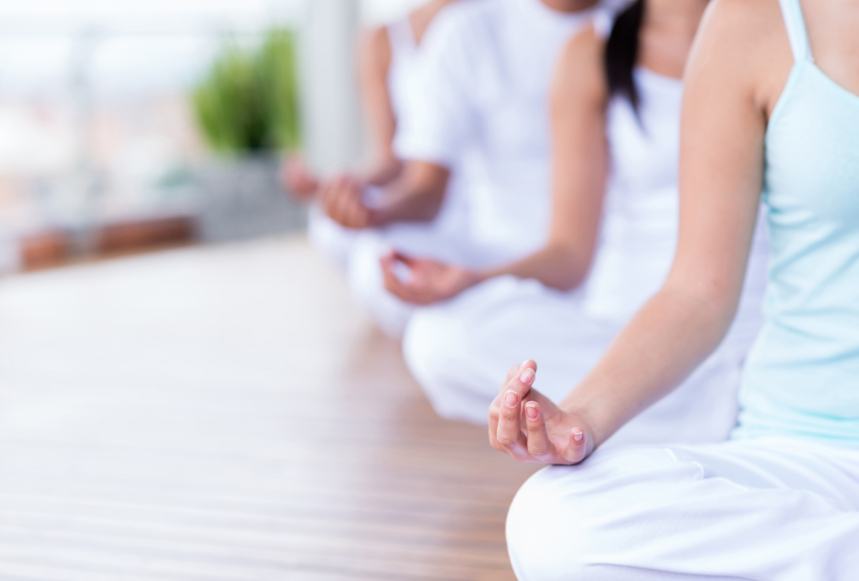
If you’re being medically treated for high cholesterol, your doctor has most likely stressed the importance of a healthy diet. You may have heard recommendations for eating salmon, oatmeal, and olive oil more times than you care to mention. Plus, you’re probably bored with eating the same foods over and over.
It’s time to put an end to that broken record and shake up the list of popular cholesterol-lowering foods. Here are three new foods to add to your cholesterol-fighting diet.
1. Almond Milk
Cow’s milk is a staple in the American diet and it brings an alarming amount of fat along with it. That 2-percent milk you use on your cereal contains nearly 1/6 of the daily recommended allotment of saturated fat. In addition, if you’re using half-and-half in your coffee, you’re serving up 5-percent of your daily allotment of saturated fat with each tablespoon.
Instead of using cow’s milk products, switch to almond milk. Although it’s not as rich and creamy as the fat-filled options, you’ll get a subtle nutty flavor and a little dose of sweetness. This makes it the perfect cholesterol-friendly substitute to use in your cereal and coffee.
Almond milk contains no saturated fat or cholesterol. More than that, nuts are life-savers for your heart. In particular, some researchers say the vitamin E found in almonds and almond milk may help prevent atherosclerosis (the hardening of the arteries).
2. Pears
When it comes to cholesterol, pears pack a mighty punch. Much of their cholesterol-fighting power comes from two special types of natural fiber called pectin and lignin.
Pectin is a soluble fiber—that means that it dissolves in water to form a gel during digestion. While it’s dissolving, it’s also able to hook on to the cholesterol in the intestines and prevent it from being absorbed into the bloodstream.
Lignin, even though it’s an insoluble fiber, acts very much like pectin in the digestive tract. It also binds to cholesterol and prevents it from being absorbed.
In total, one medium pear provides nearly 25% of an adult’s daily recommended allotment of fiber.
3. Tea
Tea contains highly effective antioxidants called catechins and polyphenols. These compounds are heart-healthy and they have a protective effect on the arteries. Studies have shown that they also lower total cholesterol, raise HDL (good) cholesterol, and lower LDL (bad) cholesterol.
Unfortunately, not all teas are created equal when it comes to their cholesterol-blocking abilities. When teas are fermented or processed, their antioxidant content decreases. Fresh-brewed green tea appears to be the best at lowering cholesterol levels and black tea is also helpful. Instant or bottled teas contain far fewer antioxidants.
Although no single food can take the place of cholesterol-lowering medications, eating a healthy diet surely doesn’t hurt. Frequently including these three foods in your diet may be just what you need to knock your cholesterol numbers down for good!
Enjoyed this article? Try reading these as well . . .
5 Ways to Increase Your HDL Cholesterol
High Cholesterol: Reducing Your Risk of Stroke
Why Diabetics are at Risk for High Cholesterol


